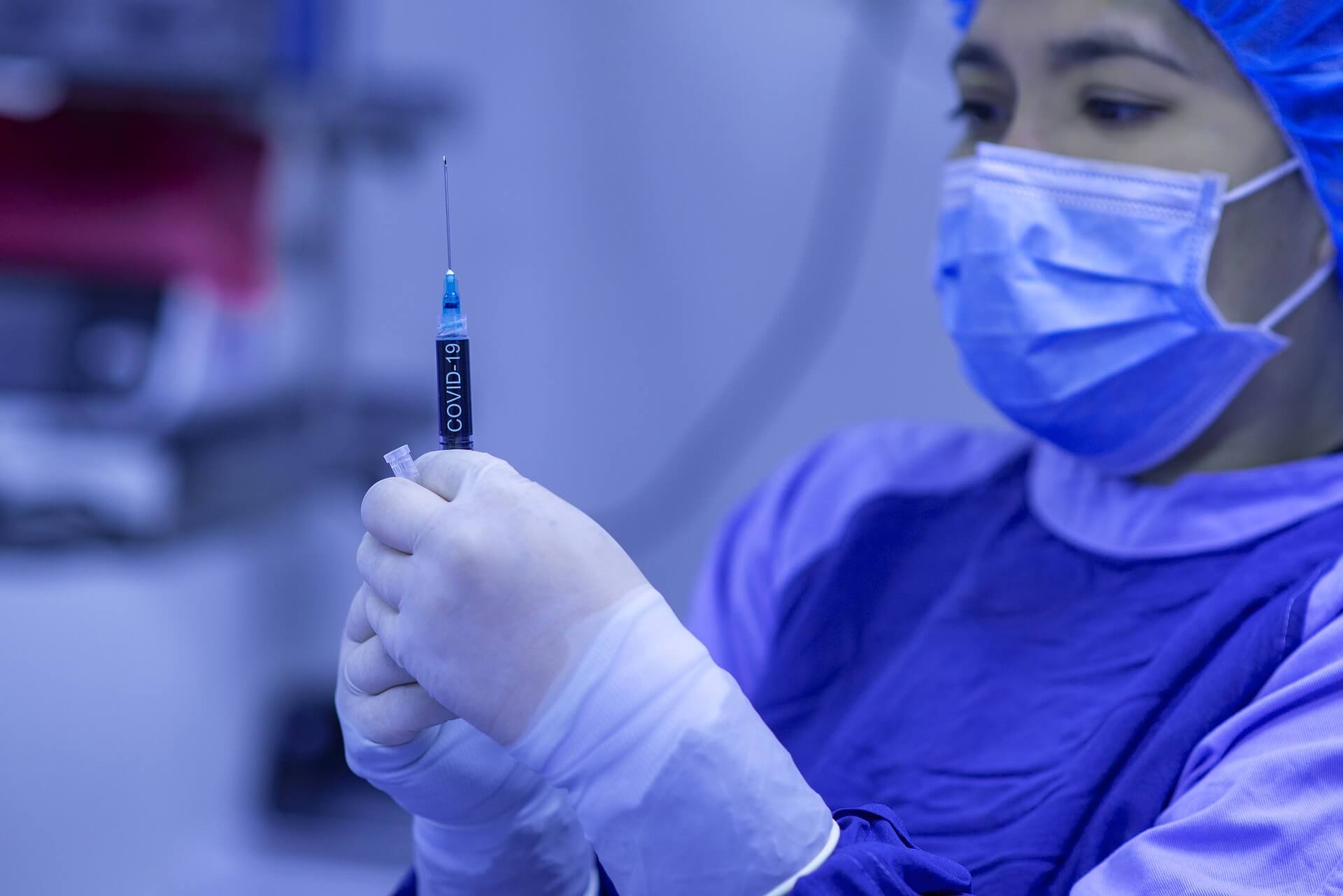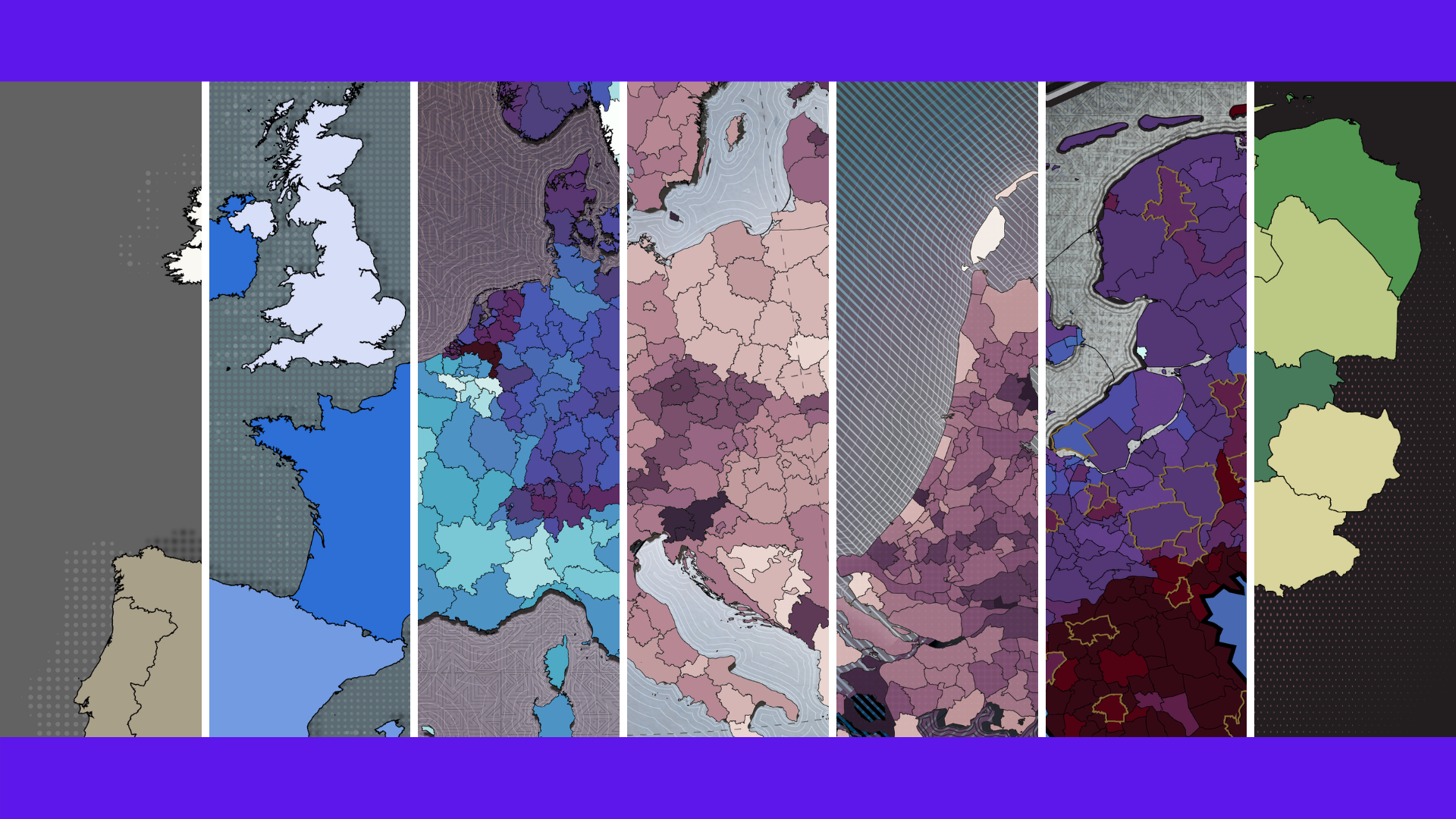
A study by researchers at the Universitat Politècnica de València (UPV), part of BDSLab-ITACA group and the Institute of Pure and Applied Mathematics (IUMPA), has become an international benchmark for the reliable use of artificial intelligence in monitoring and managing COVID-19, writes the Technical University of Valencia in this press release.
In the article, published in the Journal of the American Medical Informatics Association, the team from the UPV demonstrates the limitations that the variability or heterogeneity of data may have in reliably applying artificial intelligence when it comes from multiple sources, e.g. a range of hospitals or countries. The article sets out the key aspects of potential solutions to such limitations. Furthermore, the UPV team has developed new tools based on this study to help describe and classify patients with COVID-19.
“The results of our study may, combined with these tools, assist in clinically assessing patients, and help with automated early classification by risk level both before and after hospital admission. They can even help to plan the allocation of resources, which is particularly beneficial for patients that will be admitted to the ICU,” says Carlos Sáez, a member of the BDSLab-ITACA group research team at Universitat Politècnica de València, who coordinated the study.
New predictive models
Researchers at the UPV’s BDSLab-ITACA, alongside Hospital Clínic Universitari’s INCLIVA Institute in València and Hospital 12 de Octubre’s iMas12 Institute in Madrid, have also developed an artificial intelligence model for the early prediction of mortality (within the first 30 days of admission to the emergency department), focusing principally on adults aged over 50. They have also developed a deep learning application that helps to predict severity in all age groups, with the advantage of being able to operate even with incomplete patient information, offering robust and reliable AI in the event of data quality issues.
“These predictive models can help to select the best treatment for each patient according to their mortality risk, and to plan and manage resources in cases of low availability of resources, and in a way that can withstand potential uncertainties in the available information,” says Carlos Sáez.
All of this work is part of the SUBCOVERWD-19 project, funded by the FONDO SUPERA COVID-19, promoted by CRUE Spanish Universities, Banco Santander (through Santander Universities), and the Spanish National Research Council (CSIC).
Study in Mexico
Finally, following a study of nearly 800,000 COVID-19 cases provided by the Government of Mexico and in collaboration with the Unidad Nayarit del Centro de Investigación Científica y de Educación Superior de Ensenada (México), UPV researchers have developed a new technique to investigate subphenotypes (dividing patient populations into meaningful groups) in line with clinical characteristics.
This technique, based on meta-clustering exploratory AI, can be used to automatically obtain a large number of results at different socio-demographic levels (by age group, gender, and combinations thereof), which would otherwise have to be carried out manually, involving additional work. This technique not only encourages non-discrimination, but also presents the results to the user in a detailed and intuitive manner, ready for exploration.
Applying this technique to the Mexican cases has led the UPV team to conclude that chronological age alone cannot be used as a risk factor for severity, but rather must always be accompanied by comorbidities and even habits (physiological age).
“We also observed that, under equivalent clinical conditions, women have a higher recovery rate than men and, among older people, it is those aged over 100 who recover best. And we found that there is significant variability in recovery rates between different states in Mexico and also depending on the clinical institution,” concludes Carlos Sáez.

Selected for you!
Innovation Origins is the European platform for innovation news. In addition to the many reports from our own editors in 15 European countries, we select the most important press releases from reliable sources. This way you can stay up to date on what is happening in the world of innovation. Are you or do you know an organization that should not be missing from our list of selected sources? Then report to our editorial team.







